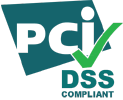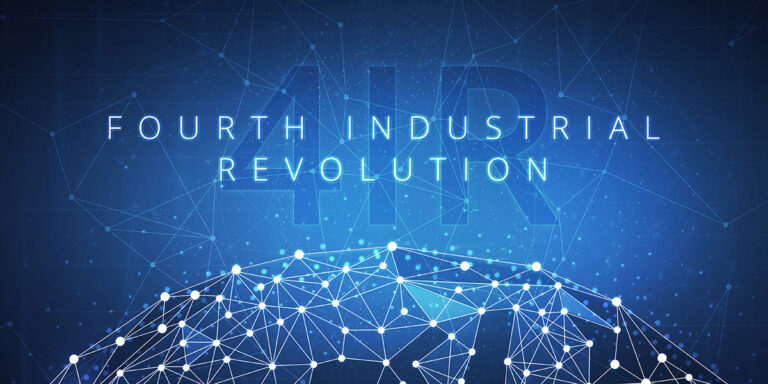This is the second blog post about the Fourth Industrial Revolution (4IR), a term coined by Klaus Schwab, founder of the World Economic Forum.

The term refers to the dawning of a new age—happening right now in the industrialized world—driven by the fusion of technologies including artificial intelligence (AI), ubiquitous high-speed Internet, robotics, bio-engineering and the Internet of Things (IoT). The latter refers to Internet-enabled devices in the everyday world like smart thermostats, smart home-security systems, clocks, wearable technology, self-driving cars, etc.
The anticipated upside of the Fourth Industrial Revolution includes greater business opportunities, whole new industries, new job roles, accelerated sourcing/production/delivery and lower costs to consumers.
The Other Side of 4IR
And by other side we mean downside which specifically refers to disruption in the global workforce as millions of jobs characterized by routine physical and cognitive skills are permanently lost to automation and robotics.
In a recent Forbes article, Eric Friedman, Founder and CEO of eSkill, identifies the following occupations as high-risk in the age of 4IR: office administration, food production and preparation, transportation, construction and health support.
Certain demographics in the U.S. will also feel the fallout of job redundancy and displacement. An estimated 49 percent of young workers between the ages of 16 and 24 will be most adversely impacted along with Hispanic, Native American and African American workers.
Per Friedman, employers in 4IR will need employees who possess in-demand hard skills in cloud computing, artificial intelligence, business analytics and people management. Valued soft skills include creativity, collaboration and adaptation.
Preparing Employees for the Future of Work

Upskilling Employees. Skill gaps exists when job roles remain unfilled even while thousands of workers are seeking employment. They simply don’t have the skills needed by employers.
Training and education, often targeting specific industries and job roles in the new world of work, will reduce skill gaps and promote higher employment levels. Credentials that give evidence of competency will also remediate skill gaps and speed the (re)hiring process.
Lifelong Learning. The accelerated pace of technology will keep pressure on the workforce to regularly upgrade business skills. By promoting a learning-mindset culture, employers and employees will be better positioned for the business challenges of the future.
Workforce Readiness. Access to professional/skill development will be critical for workforce readiness. Government can play a key role assisting displaced workers incapable of paying for job training on their own. Businesses will likely foot the bill to upskill their own employees or at least provide incentives (e.g., reimbursement) for employees to do that on their own.
The Place of Credentials in 4IR
For the moment, companies are struggling with how best to upskill or reskill their workforce in order to remain competitive in the global economy.

In fact, Linkedin Learning indicated the biggest challenge companies often face isn’t providing the needed training, but rather “making people make time for learning.” While most everyone agrees that ongoing learning is important, there are often more urgent issues that take precedence at work.
Credentials can help with this problem. For instance, some companies are requiring credentials, such as professional certifications, for promotions and pay increases.
Requiring ongoing credentialing communicates the importance of making time for ongoing learning and gives companies a means to measure that learning is happening and that employees are gaining additional competencies.
An added advantage is that professional certifications also have recertification or continuing education requirements that help ensure that certificants maintain their level of competence over time.
One of the most important, yet overlooked benefits of these types of credentials, is that these employees also gain access to an ecosystem of peers who are also actively engaged in improving their knowledge and skills—the social influence of which should not be underestimated.
Is your credentialing program ready for 4IR?
We think a lot about the value of credentialing and the future of work. In 4IR, the demand for highly skilled workers will grow while lower-skilled jobs will disappear. The stakes couldn’t be higher for the global workforce.
Credentialing will be an effective, affordable option for overcoming skill gaps and reskilling/upskilling employees. We’d love to help grow your credentialing program as we have for many of our clients.
Feel free to contact us here to talk about your current or future credentialing plans!







